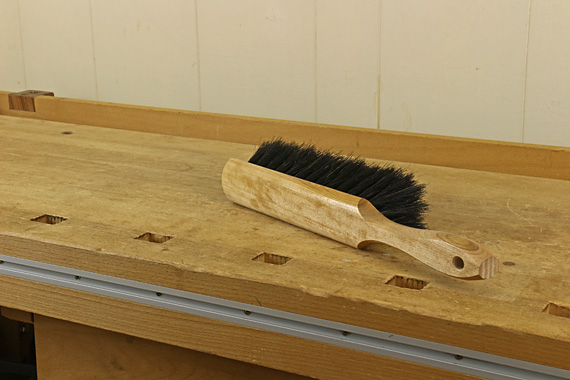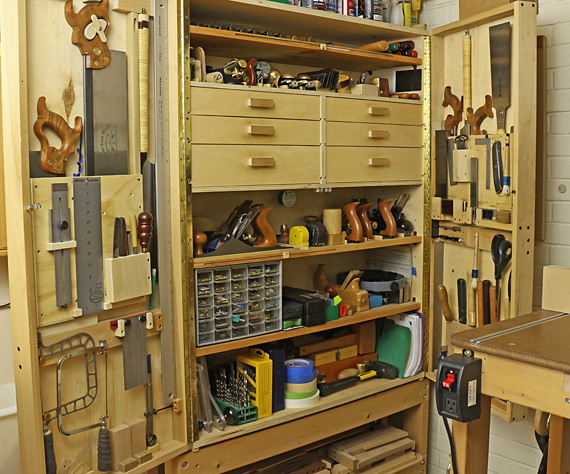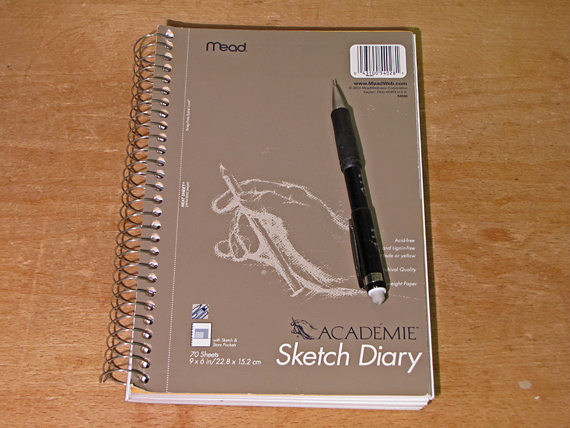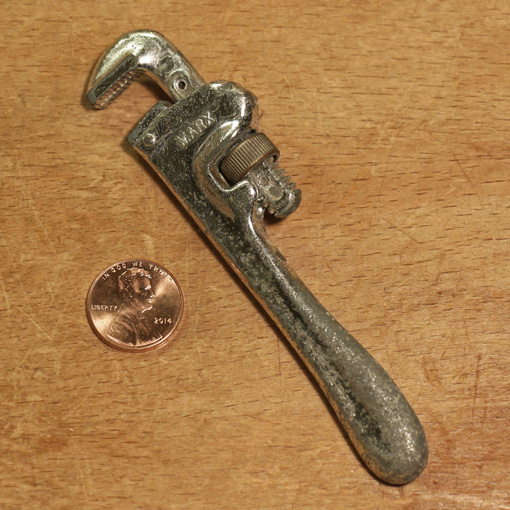
Every once in a long while on this blog, your devoted scribe sweeps off the sawdust to see how this little blog is doing. According to the stats counter program, Heartwood has, since its inception, received about 2.5 million legitimate visits (i.e. humans, not crawlers, robots, and so forth) and more than 7 million page views.
The main message here is: thank you, dear readers. Special thanks to those who have posted comments. I will not be shy about encouraging comments – they add interest for all readers, and give me a sense of connection with woodworkers out there. I also enjoy the many woodworking questions emailed by readers, though when appropriate, I suggest present the inquiry as a comment on the blog so the information can be shared among readers.
Content on Heartwood now includes almost 160,000 words, which is the length of two to three non-fiction books, and more than 800 original photographs. Remember to check the Series Topics tab (under the header photo) for groups of posts on single topics. In the past year, I’ve posted about one-third less than usual, due to less available time, but not due to running out of things to say. I’m going to try to pick it up soon. As always, I’ll offer real-deal content “from the sawdust and shavings of my shop,” not armchair woodworking.
Blogging (by the way, I’ve never liked that word; it sounds like something you do uncontrollably when you’re ill), including woodworking blogging, is certainly not as vibrant as several years ago. Other media, particularly social media and video posting have taken their shares of the communications universe. Still, I think a good blog is a useful and enjoyable medium to share woodworking information and ideas, and interest on this one does not seem to have waned.
Thus, again, thank you, readers.
Coming up is a series on edge-to-edge joints. Happy woodworking.
A.M.D.G.









